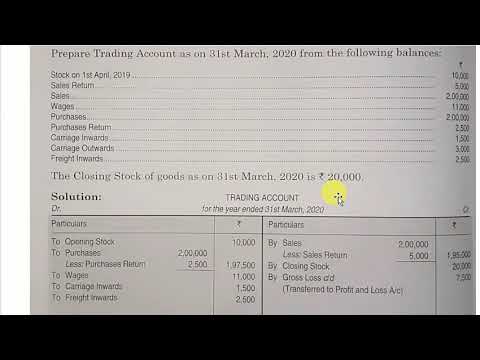Content

So the amount of depreciation you write off each year will be different. In the Declining Balance method, LN calculates each year’s total depreciation by applying a constant percentage to the asset’s net book value. The declining balance methods allocate the largest portion of an asset’s cost to the early years of its useful life. Additionally, the company may provide further detail on its depreciation methods and assumptions in the notes to the financial statements. This may include information on the useful lives and salvage values used for each asset and the depreciation rates and methods applied.
Consider a widget manufacturer that purchases a $200,000 packaging machine with an estimated salvage value of $25,000 and a useful life of five years. Under the DDB depreciation method, the equipment loses $80,000 in value during its first year of use, $48,000 in the second and so on until it reaches its salvage price of $25,000 in year five. When a business depreciates an asset, it reduces the value of that asset over time from its cost basis to some ultimate salvage value over a set period of years .
Problems With Depreciation Pocketsense
If you’re calculating your own depreciation, you may want to do something similar, and include it as a note on your balance sheet. Every year you write off part of a depreciable asset using double declining balance, you subtract the amount you wrote off from the asset’s book https://kelleysbookkeeping.com/ value on your balance sheet. Starting off, your book value will be the cost of the asset—what you paid for the asset. Double declining balance depreciation isn’t a tongue twister invented by bored IRS employees—it’s a smart way to save money up front on business expenses.
Each of the three methods may have a different impact on a business’s financial statements, such as the income statement and the balance sheet. For example, the double declining balance method may result in higher depreciation expenses in the early years of an asset’s useful Double Declining Balance Method Of Deprecitiation Formula, Examples life. In contrast, the straight-line method may result in more evenly distributed depreciation expenses over the asset’s useful life. The units of production method may result in fluctuating depreciation expenses depending on the asset’s actual usage or productivity.
The drawbacks of double declining depreciation
Some types of assets that depreciate are office equipment, computers, machinery, buildings, etc. Learn about methods of calculating accelerated depreciation and see a double-declining balance method example. We can understand how the depreciation expense is calculated each year under the double-declining method from the below schedule.
- It is expected that the fixtures will have no salvage value at the end of their useful life of 10 years.
- A manufacturing company purchases a new production line for $1,000,000.
- If the company was using the straight-line depreciation method, the annual depreciation recorded would remain fixed at $4 million each period.
- Note that the double-declining multiplier yields a depreciation expense for only four years.
- You get more money back in tax write-offs early on, which can help offset the cost of buying an asset.
The units of production method may be the most complex of the three methods. It requires businesses to track the asset’s actual usage or productivity and calculate the depreciation expense based on this usage. The double declining balance method allows businesses to adjust the depreciation rate each year based on the asset’s remaining book value.
